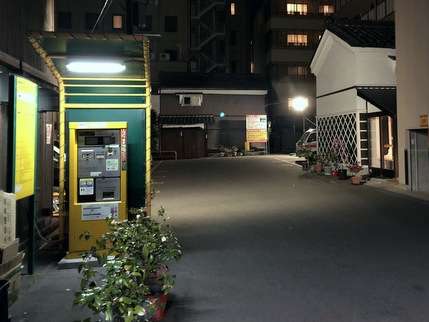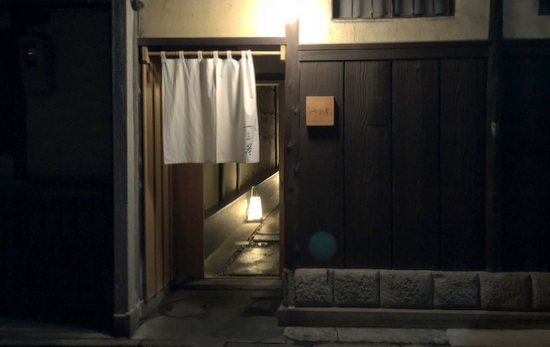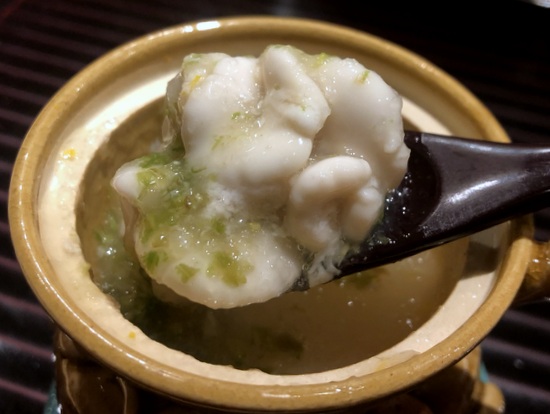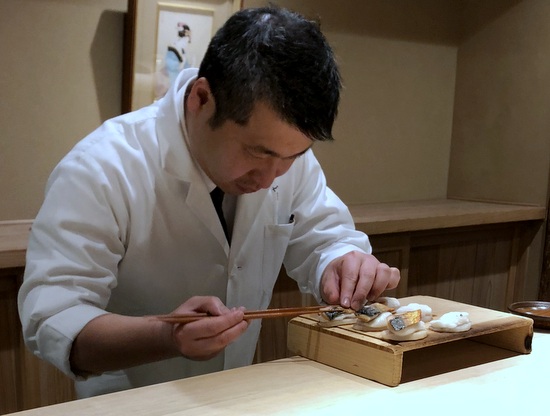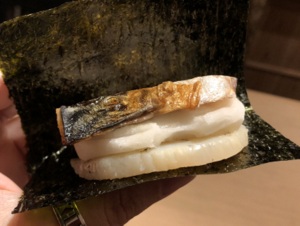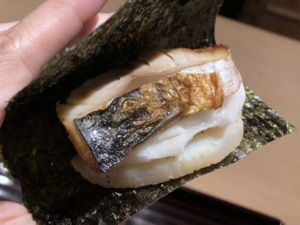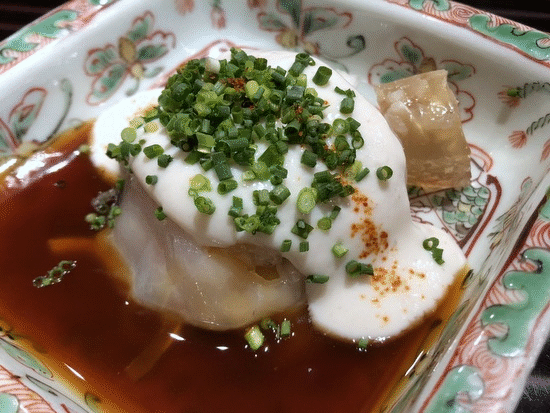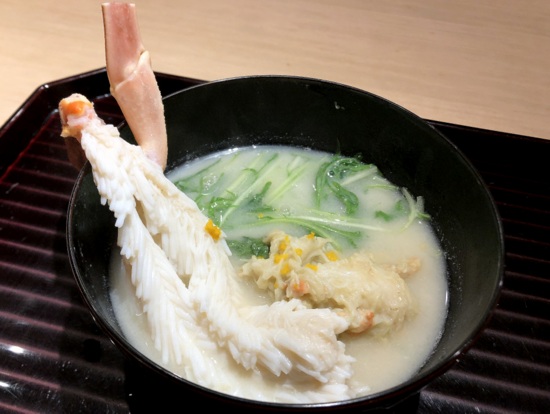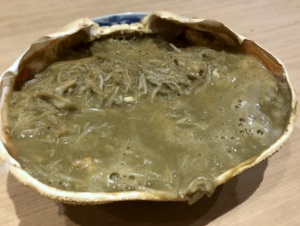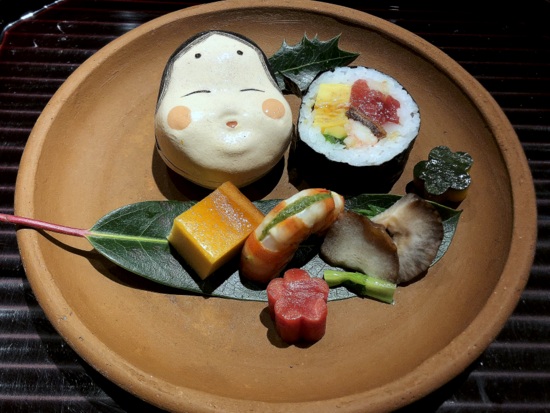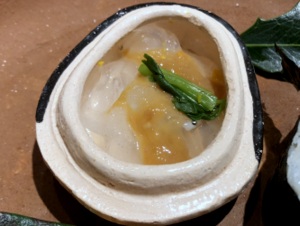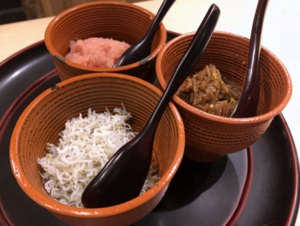Dinner @ Higashiazabu Amamoto 東麻布 天本 (Tokyo, Japan)
October 9, 2022 in Japanese
I get most of my Japan sushi-ya news from Instagram. And when Higashiazabu Amamoto opened in June 2016, it certainly took Japan sushi scene by the storm. All the Japanese foodie sushi lovers that I followed were posting pictures of their meals at Amamoto. And that of course made me wanted to secure a seat at this highly raved sushi-ya. However that wasn’t easy, especially with everyone in Tokyo Japan vying for 1 of the 8 seats.
And that became harder when Amamoto was awarded 2 stars by Tokyo Michelin Guide 2017 just 6 months after its opening. If my memory didn’t fail me, I don’t believe my hotel concierge ever managed to get through their line. But my glimpse of hope appeared when Omakase.in (a third party reservation website) was launched in April 2017 and Amamoto was 1 of the restaurants on it!!!
Amamoto accepts reservations for the next quarter at the beginning of every quarter:-
On 1 January: April through June
On 1 April: July through September
On 1 July: October through December
On 1 October: January through March in the next year
With Omakase.in, it’s a case of fastest-fingers-win. Which meant even if one refresh the screen right on the dot when seats are released, one may see some seats in one second and none in the next (second). I was unable to secure a seat for the specific dates for my February 2018 and January/February 2019 trips. But persistence and strategic planning paid off. On 1 January 2019, I chose to secure my booking at Amamoto before purchasing my flight ticket. Thus, my March/April 2019 trip. :) And yes, that’s my definition of ‘strategic planning’… Ha!
So it’s to note Amamoto releases limited seats on Omakase.in. Was talking to a regular seated beside me during the meal, and learnt she secured her seat just by calling. But I ain’t complaining. As difficult as it is to get a seat, I am just glad Amamoto is accessible to all by being on Omakase.in.
Amamoto has 2 seatings; 5pm and 8.30pm. I got myself the first seating.

And a little background update… Before opening his own sushi-ya Higashiazabu Amamoto, chef-owner Masamichi Amamoto spent nine years honing his skills under the late legendary chef Mitsuyasu Nagano san at 2-Michelin star Umi before moving on to Shinohara (now known as Ginza Shinohara) and Gion Sasaki.
And for my 5pm weekday dinner, I was the first to arrive at the restaurant. It seemed like customers are seated according to first-come-first-sit, and starting from the end of counter. So I was seated right at the end. But that was fine by me because every seat had full visibility of the open kitchen. Although from my seat, it was a little hard/tricky to watch head chef Amamoto san knead away at his sushi because he stood in the centre. Ie, it’s a straight sushi counter so my view was partially blocked by 3 heads.
Meal started promptly after everyone arrived. And I commenced my ¥35,000 dinner with:-

1) Dish #1 (above) – Mozuku seaweed.

2) Dish #2 (above) – Head chef Amamoto didn’t introduce the fish but went straight into telling me to have one slice with salt, and the other with wasabi and soya sauce. But this was probably flounder.

3) Dish #3 (above) – Scallop, and to enjoy with salt.

4) Dish #4 (above) – Firefly squid. These were filled with lots of goodies. Could I call these ‘pregnant firefly squid’? Like you know… Pregnant fish. Pregnant firefly squid. Haha.

5) Dish #5 (above) – Japanese whelk (tsubugai).

6) Dish #6 (above) – Baby white shrimps (shiro-ebi).

7) Dish #7 (above) – Spear squid (yari ika) stuffed with roe.


8) Dish #8 (above) – Japanese spotted prawn (botan ebi) marinated in Shaoxing wine, and sea urchin.

9) Dish #9 (above) – Oyster.


10) Dish #10 (above) – Charcoal-grilled black throat sea perch on rice.








11) Dish #11 (Sushi 1 to 8) (above) – Flounder, baby snapper, squid (ika), tuna (chiaigishi maguro), medium fatty tuna (chutoro), sea urchin, gizzard shad (kohada) and tiger prawn (kuruma ebi).

12) Dish #12 (above)




13) Dish #13 (Sushi 9 to 12) (above) – Horse mackerel (aji), big-eye snapper (kinmedai), bonito, and cherry salmon (sakura masu).

14) Dish #14 (Sushi 13) (above) – Tuna roll.

15) Dish #15 (above) – Tea.

16) Dish #16 (Sushi 14) (above) – Sea eel (anago).


17) Dish #17 (above) – Egg omelette (tamago). If one checks the feed on Instagram, one will sometimes pictures of tamago tower. Do note this is usually done for his regulars. The pair of ladies seated beside me were his regulars. They requested for 2 pieces each instead of 1 piece, which he also gamely went on to stack their 4 pieces together for their photo-taking. And a hardcore foodie will know this (trend) was created by instagrammer @andrew_gyokudari (head chef Amamoto san’s VIP customer and friend).
Head chef Amamoto san only started the sushi leg at 6pm. And I realised the reason why the meal took more than 3 hours was because he made the sushi pretty slowly. But that’s the whole intention because the entire dining experience was set up such that customers get to enjoy and watch him prepare every dish. From appetisers to sushi. And that’s stemmed from his past experiences from working at kaiseki restaurants Shinohara and Gion Sasaki. Sushi rice seasoned with brown sugar syrup and vinegar, his sushi was size L. So please come with an empty stomach.
For the non-sushi leg, head chef Amamoto san would tell me what condiments (ie, salt, soy sauce) to have the respective dishes with. But what he didn’t mention was the main ingredient. I suspect it’s because he wasn’t confident with English and he knew I couldn’t understand Japanese. But don’t get me wrong, he is friendly. Just that he doesn’t converse as much (with me). Though as he stood at the exit at the end of the meal to personally thank everyone for coming, he attempted a “謝謝” to me. Cute.
Do I recommend Higashiazabu Amamoto? Yes! It certainly lived up to the hype. The food was spot on. In fact, I read that head chef Amamoto san is able to source for quality ingredients despite off seasons or bad weather (eg, March/April are challenging months to obtain good tunas) thanks to his meticulous seasonal sourcing and perfectionism. So as long as one is able to secure a seat, one can be assured to be treated to a good meal! I strongly everyone to dine here at least once in a lifetime. I paid ¥38,900, including tax and service charge. Though that’s excluding Omakase.in’s booking fee of ¥270.
I will certainly be trying to secure a slot for my upcoming February 2023 trip. It has been a long time waiting. :)
























